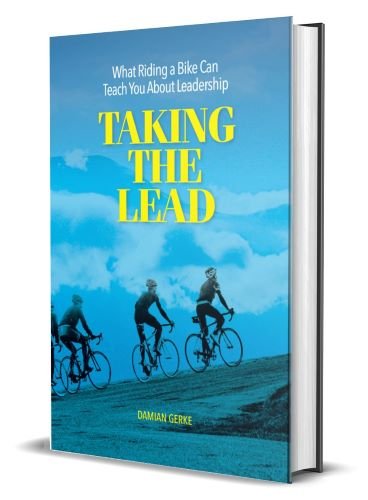What Commuting Taught Me About Leadership – You See What You Look For
If you’re leading others, it’s vital that you see the obvious things other people can’t—or won’t.
Recently I left a job at a great company but with a long daily commute. This is the 5th post of an 8-blog series on things I learned about leadership on those long and tedious hours on the road.
– – – – –
To avoid the bulk of the traffic (and the accompanying delays), I went into work early. Many times this meant driving in the dark, when you can’t see as well. Or see as much. Or as far.
Or even more weirdly, you tend to see only the things you expect to see.
I worked for a logistics company, so it was a fairly common experience to see golf carts driving around the campus. One dark morning after entering the facility, I was surprised by a cart that “suddenly” appeared in front of me. Even though I was undistracted and watching for traffic, and despite the fact that the cart had its headlights on and a flashing orange light on the top, I didn’t see it until it was very close to me.
Reflecting on it later, I realized I didn’t see it because I was looking for cars, not golf carts.
And Your Point Is…?
When you’re driving hard and your perspective gets limited, you tend to see only what you’re looking for.
“I didn’t see it because I was looking for cars, not golf carts”
So What?
As a cyclist I can attest to being on the other side of this phenomena. Sometimes people driving cars simply don’t see bicycles (or motorcycles or pedestrians) because they’re looking for what they expect to see: other cars.
This is a human tendency that influences us at almost every level. It shows up when we keep a pessimistic, glass-half-empty perspective. It happens when we overlook opportunities. It contributes to having a fixed mindset. It reveals itself when we judge prematurely or act on a bias. It shows up when we’re stuck in a limiting habit we don’t even know exists. It happens when we get into conflict with others. It happens when we drive hard for results or achievement.
In other words, it can happen anywhere, anytime.
But it doesn’t have to.
“It can happen anywhere, anytime. But it doesn’t have to”
The Big Picture
It’s human nature: We choose to see what we see. So it’s a discipline to begin looking objectively, rather than selectively. It requires staying in a constant state of curiosity to look beyond what we expect. It’s the curious ones who are usually in a better position to solve problems, innovate, collaborate, excel and influence.
If you’re leading others, it’s all the more vital that you see the obvious things other people can’t—or won’t.
Your Next Step
What is one thing you can do maintain a base level of curiosity?
“If you’re leading others, it’s all the more vital that you see the obvious things other people can’t—or won’t.”
Want more leadership insights?
Check out:



